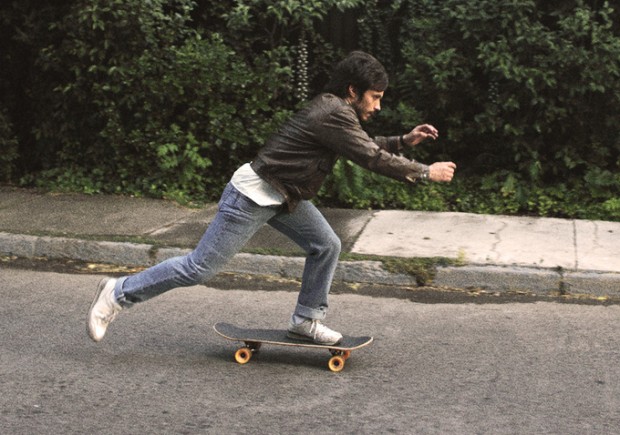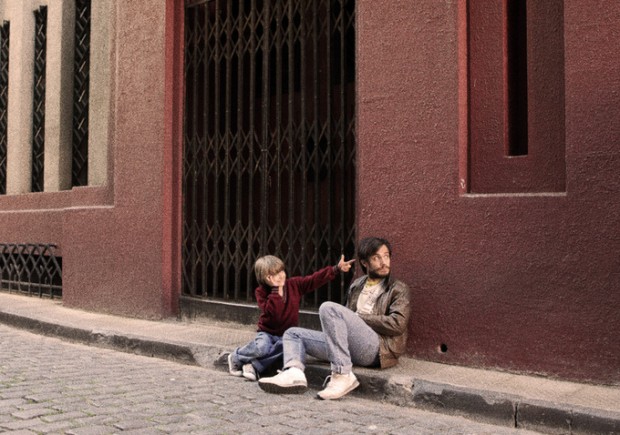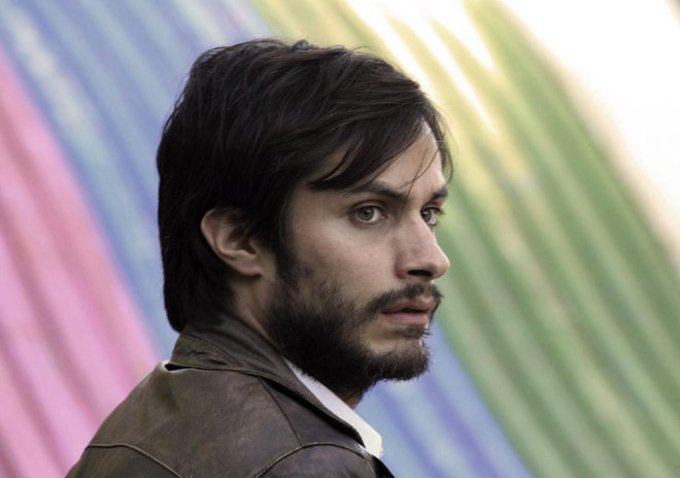Pablo Larraín (Post Mortem) has achieved something spectacularly unique with No, his beta-max rendition of the 1988 referendum vote in Chile concerning dictator Augusto Pinochet. The most striking element is its bold visual aesthetic that is designed to look like a TV program from the ’80s. Colors are washed out, the aspect ratio is square and there is a shallow depth of field to every image, which may sound jarring to watch, but becomes surprisingly hypnotic. As the film criss-crosses from fictitious reenactment to real-world clips from the historical time period, it is almost impossible to tell where the lines of reality blur with the vintage visuals Larraín has painstakingly crafted.

The story revolves around Gael García Bernal as René Saavedra, a fresh-faced skateboarding Don Draper-type, who is hired to revitalize an anti-government television campaign to kick out the notorious dictator Augutsto Pinochet from power. The political movement, known simply as NO, has been granted fifteen minutes per day to air a mix of commercials and news reports on a national public TV channel indicting the government of crimes ranging from false imprisonment to straight up murder. Saavedrea, using his advertising prowess that he cultured from producing cheesy soda commercials, puts his family and livelihood directly in the line of fire by undertaking such a risky gamble. As the day of the vote looms closer and closer, the pressure intensifies for Saavedrea to use his creative savvy to get the political message of the NO movement to the general populous.
In many ways No feels like a hybrid of a Mad Men episode mixed with the political gravitas of a Costa-Gavras film. The usage of the actual real-life commercials made during the campaign is contrasted by behind-the-scenes decisions that went into making them. The blending between these clips is nearly seamless and by the climactic final act when riots are happening on the streets, its hard to discern what is a real news clip and what is not. This is an amazingly complex feat to achieve, yet Larraín seems to do it effortlessly. In addition, it’s impressive how the director is able to frame grainy video in a manner that feels purely cinematic.

The main criticism to levy against No is that it can sometimes be difficult to follow all the different agendas of the multitude of characters. The first hour is oddly paced and throws intellectual political agendas straight at the audience without always fully explaining them. Also, Bernal’s performance as the anchor of the film oftentimes comes off as perfunctory, giving him much screen time to stare aimlessly and act worried, coming off one-note. But these are minor complaints in the grand scheme of what the movie achieves. Even if you are completely unfamiliar with the political situation of Chile under the regime of Pinochet, No is a compelling examination of an important historical event.

